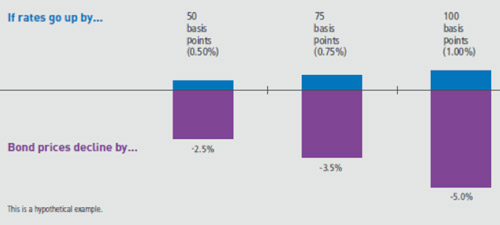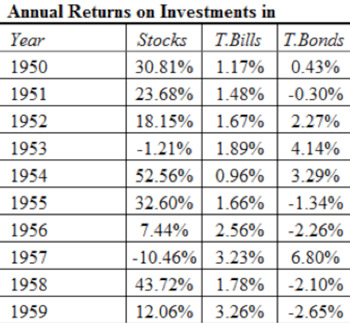In Part 1, we covered a “step up in cost basis” principles with regards to real estate. In this post we will address step up in basis rules pertaining to marketable securities such as stocks, bonds, and mutual funds.
Your cost basis in a security is what you initially purchased it for plus any reinvested dividends. So if mom bought 1,000 shares of Ford Motor Company back in 1980 when it was trading at $1.00 a share her cost basis is exactly $1,000 (trading costs such as commissions can also be included). As of 10/25/2013 Ford was trading at $17.60 a share so if mom sold it today she would receive $17,600 from the sale of the Ford stock. She would be able to subtract her basis for tax purposes ($1,000) and she would have a long term realized capital gain of $16,600. At today’s long-term capital gains rates mom would owe Uncle Sam as much as 20% of that gain or $3,320. However, let’s say mom never sold her Ford stock and left it to you after her death. If mom died on October 25th 2013 your new inherited basis would be the closing market price of Ford on the date of death ($17.60). Assuming you sold Ford stock at $17.60 you would owe nothing in capital gains thanks to the step up in basis rule. Please remember that this analysis is only relevant if you are inheriting assets in a taxable account. If you are inheriting Ford stock inside of an IRA (or other similar tax deferred account) then the cost basis is irrelevant – at least for income tax purposes.
What if mom is feeling generous and decides she wants to gift you the shares of Ford Stock while she is alive? In this instance you would also receive mom’s cost basis of $1.00 rather than the higher step up in basis at death.
As always, income tax consequences alone should not dictate financial decisions. However, care should be taken to maximize both gifts and inheritances. Please speak with a financial advisor about cost basis and other tax-related issues.
Matthew Trujillo is a Registered Support Associate at Center for Financial Planning, Inc. Matt currently assists Center planners and clients, and is a contributor to Money Centered.
The information has been obtained from sources considered to be reliable, but we do not guarantee that the foregoing material is accurate or complete. Any opinions are those of Center for Financial Planning, Inc., and not necessarily those of RJFS or Raymond James. Please note, changes in tax laws may occur at any time and could have a substantial impact upon each person’s situation. While we are familiar with the tax provisions of the issues presented herein, as Financial Advisors of RJFS, we are not qualified to render advice on tax or legal matters. You should discuss tax or legal matters with the appropriate professional. The illustration is hypothetical. Individual results will vary. This information is not intended as a solicitation or an offer to buy or sell any security referred to herein. Individual results will vary. This information is not intended as a solicitation or an offer to buy or sell any security referred to herein. Center for Financial Planning, Inc., Raymond James Financial Services, Inc., its affiliates, officers, directors or branch offices may in the course of business have a position in any securities mentioned in this report.

























